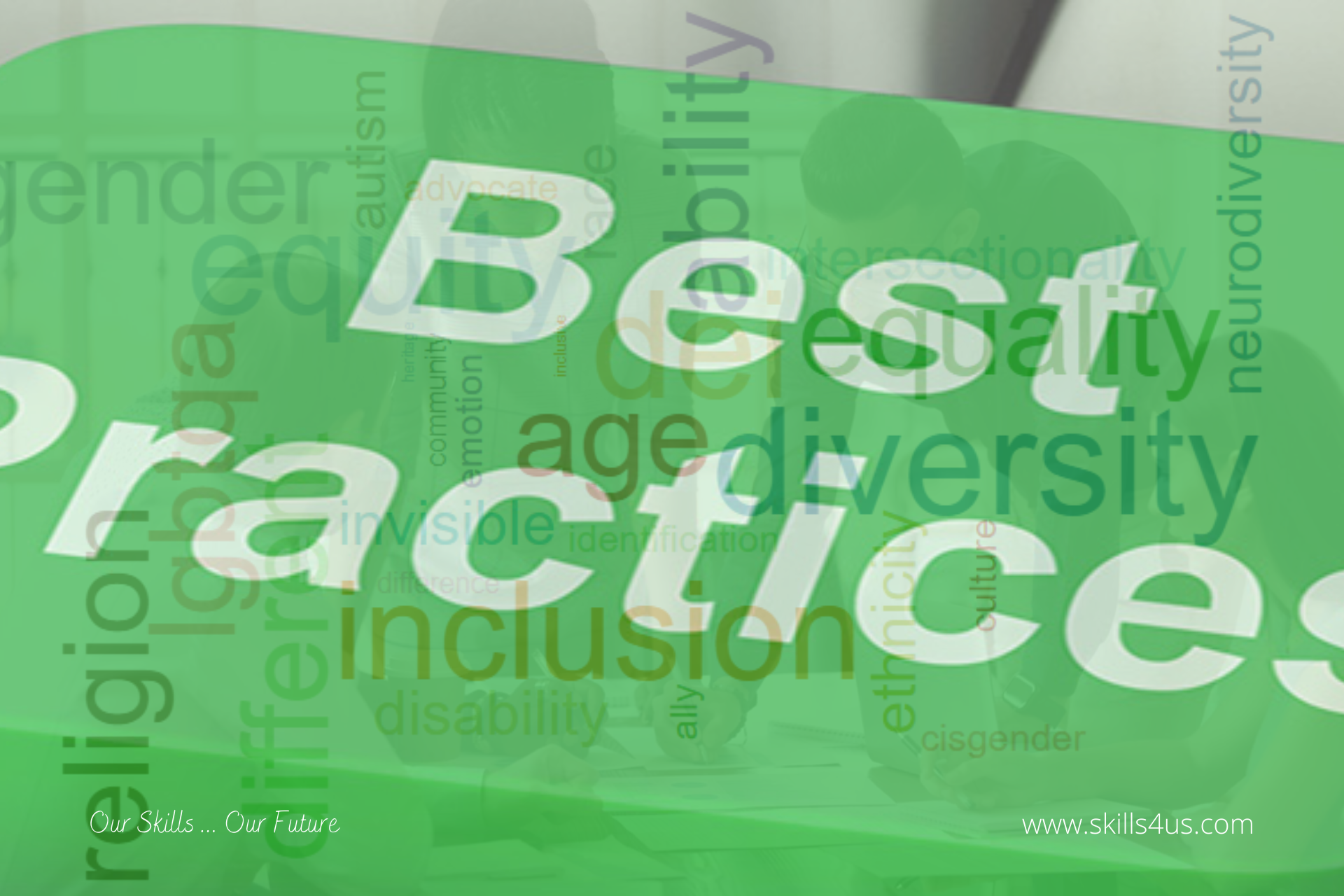Diversity, the process that leads to societal change, is critical to any workplace hoping to evolve. Diversity also gives organizations a competitive advantage in the marketplace. As it brings a greater depth of experience and perspective, fosters innovation, and better understands employees and customers. Thus, it enhances financial performance and productivity and creates rewarding work environments. Therefore successful organizations in the future must cultivate diverse backgrounds to maintain inclusive cultures and innovative ideas. Consequently, it is necessary to promote best practices for achieving diversity in leadership, as it positively affects the bottom line. Thus organizations show greater diversity at the executive level and are likely to generate higher profits.
Best practices for achieving diversity in leadership
1. Determine the organization’s vision for diversity in leadership
Diversity is a broad concept, as it can mean different things to different organizations based on unique factors. Such as the type of business, the markets in which the organization operates, the pool of available local talent, and the organization’s culture and values. Therefore, it is essential to define the organization’s vision for leadership diversity to have a realistic goal in mind and formulate a plan to reach its goals.
2. Demonstrate the advantages of having more diverse leadership for the organization
To achieve success and the desired objectives, the plan needs the attention and approval of the stakeholders. Therefore, the advantages of having more diversity leadership. That help in the success and implementation of the plan must be demonstrated. Here are some of these advantages:
- Positively influence financial performance and improve the organization’s bottom line through tangible data.
- More talent actively seeks to join organizations with leadership diversity that aligns with their values and supports socially conscious causes. Organizations that fail to recognize this will be left behind by customers and talent alike.
- As more states consider or enact organizational inclusivity laws that focus on improving diversity and the proportion of underrepresented groups at the highest levels of leadership, community education, and engagement is an increasingly important part of legal compliance.
3. The use of experts and specialists in the field of diversity
Hiring experts and specialists to achieve this optimally and give diversity initiatives the best possible start is essential. Note that diversity professionals have the experience, organizational knowledge, and resources to navigate the workplace changes that come with implementing diversity initiatives. It also helps the organization comply with diversity laws.
4. Design behaviors and messages that regularly speak the language of diversity and inclusion
For team members to know that the organization takes diversity seriously, leaders must define diversity goals clearly and frequently. Moreover, diverse leadership can help design all desirable behaviors and messages that regularly speak the language of diversity and inclusion.
5. Ensure the possibility of achieving diversity in the recruitment process
Keeping diverse appointments distinct from leadership roles is critical, which can hurt their morale and make the organization appear disingenuous in its diverse efforts. As the organization is diversifying and therefore has the broadest possible pool of talent under consideration, along with an overall recruitment process, it must be ensured that the goal of diversification and the recruitment of the best people can be successfully achieved.
6. Cooperating with recruitment agencies specialized in diversified recruitment
Some executive staffing agencies specialize in diversity recruitment, as they have access to high-quality candidates, diverse networks, and other tools and resources. That is why it is so important to collaborate with agencies and recruiters who can find the best talent and increase the diversity of the leadership team.
7. Promote qualified and high-performing employees from within the organization
Building a diverse leadership team is difficult if the pool of candidates lacks diversity. This speaks to the importance of networking with a wide variety of talents. In addition, asking current employees to refer people from their networks to open positions can help get a larger pool of qualified candidates. Furthermore, one effective way to build a more diverse leadership team is to promote talented, high-performing employees within the organization. Thus, to ensure genuine equality of opportunity throughout the organization, career paths should be defined for all employees and regular and frank conversations about career goals should be encouraged. In addition to providing L&D opportunities for all employees, consider diversity.
8. Avoid biases and preferences in the hiring process
Many leaders get along better with people who are similar to them or who align with their preconceived notions about who should fill a particular leadership role. Whether or not they know their biases and preferences, they can skew their perceptions of job candidates. Unconscious bias often steals into the hiring process, which says a lot about an organization’s commitment to diversity, equality, and inclusion. You must therefore ensure that job descriptions are as comprehensive as possible and put measures in place to ensure that unconscious bias does not prevent diverse candidates from being brought in.
9. Provide resources to support diverse leadership
Once the leadership team has been diversified, the organization’s goals will include maintaining diversity and inclusion and retaining new hires. To this end, resources must be made available to support diverse leaders. Diversity initiatives can be supported by giving employees at all levels a place to discuss issues affecting them and shared interests. This also provides the diversity leadership with a forum to discuss diversity initiatives and their importance with other team members.
Many organizations are currently taking leadership diversity initiatives very seriously. Best practices for achieving diversity in leadership will ensure they are on track rather than driven by bias and emotion.
